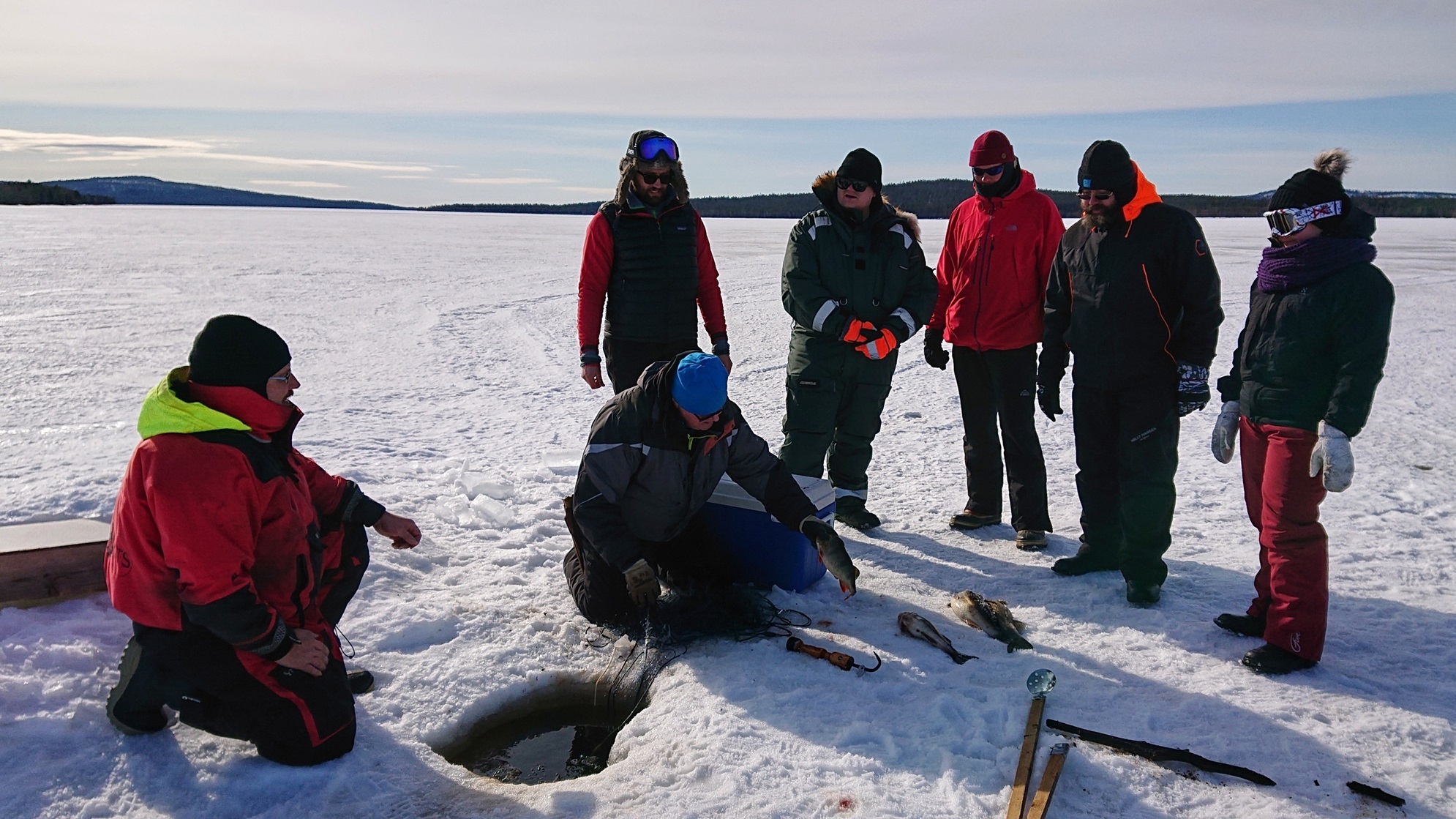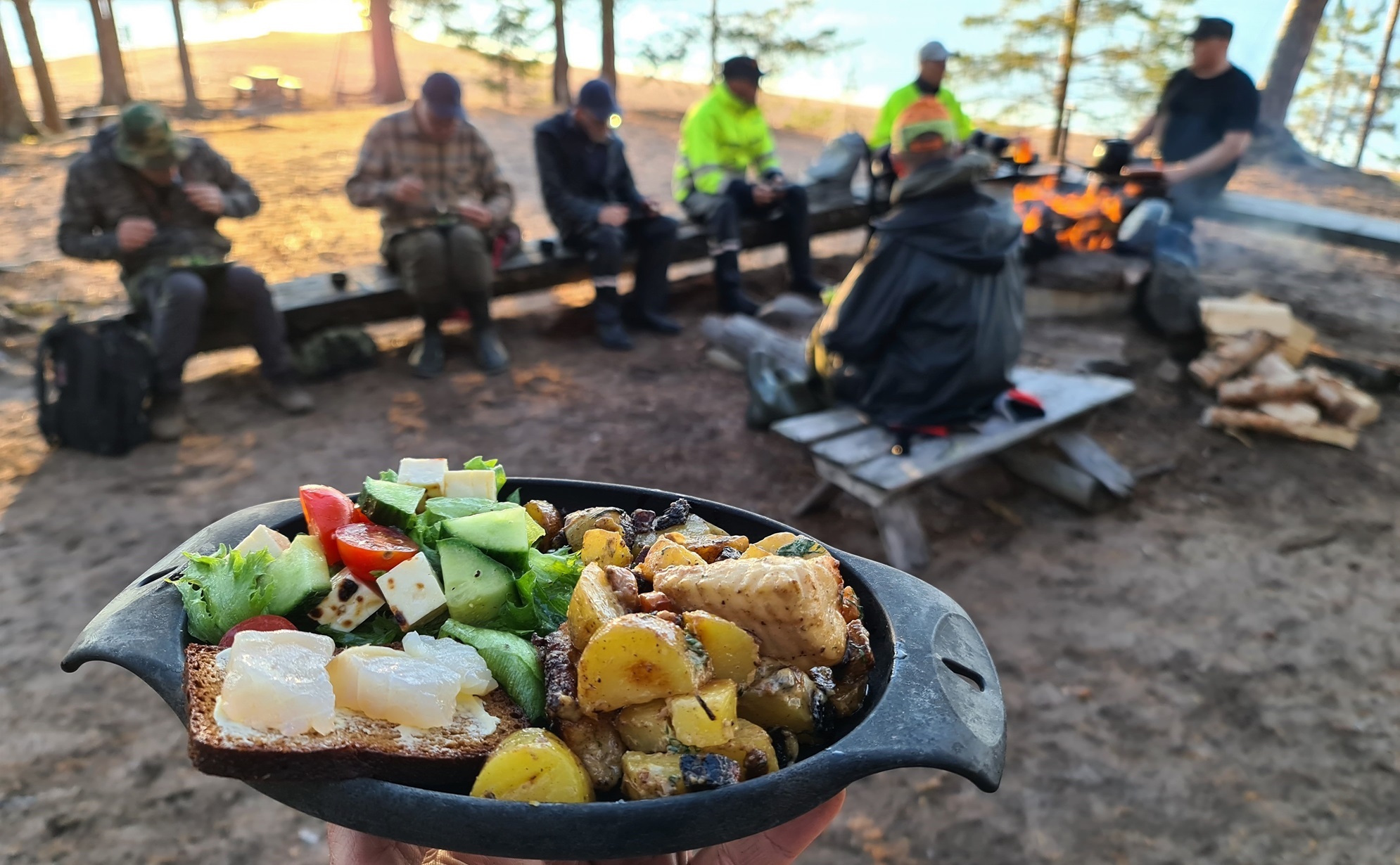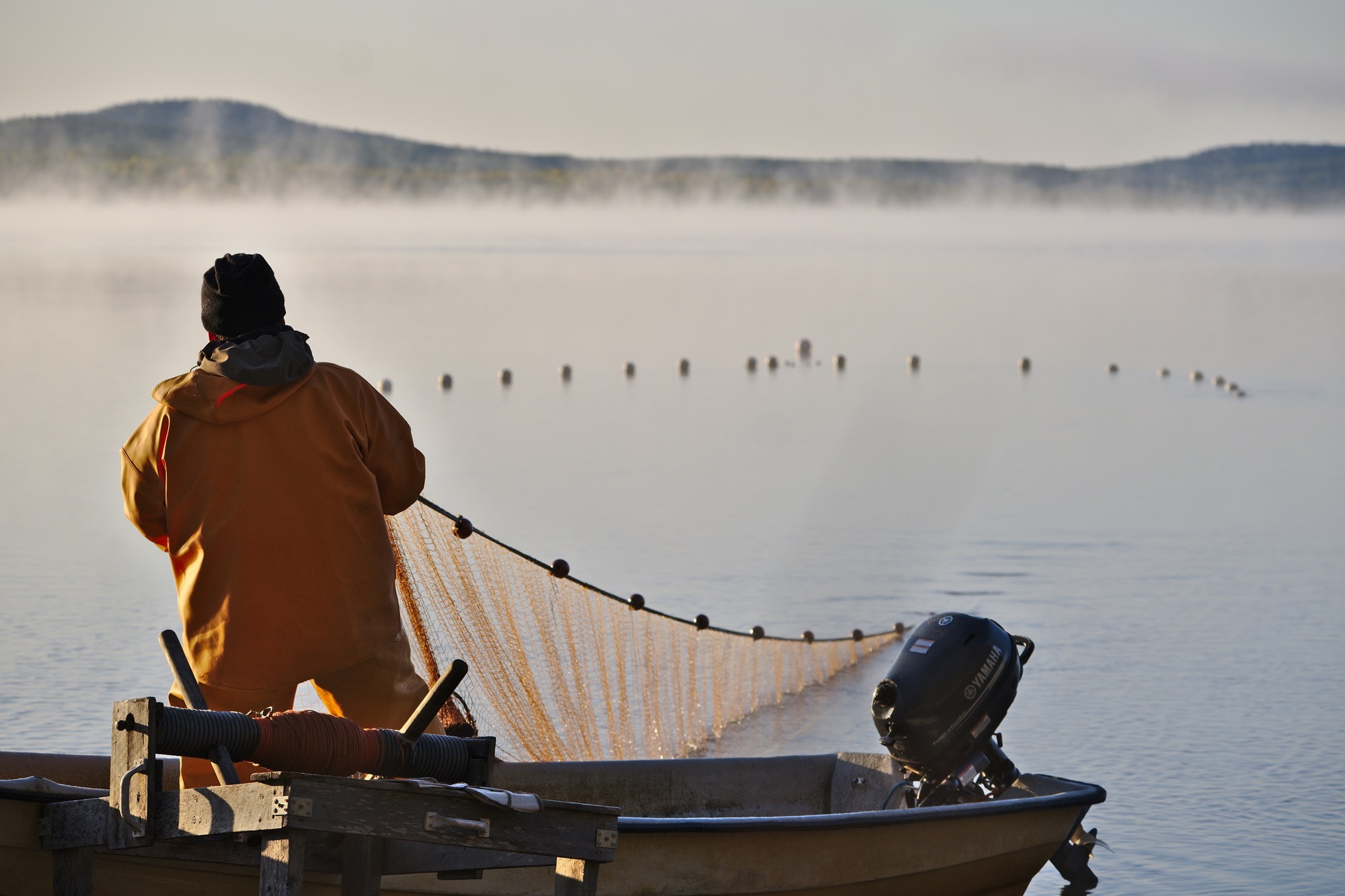Commercial fishing maintains clean and diverse aquatic ecosystems
Jouko Sirkkala, the entrepreneur of the Lapland Wild Fish, is a fifth-generation commercial fisher from Pello, Finland. Sirkkala’s main fishing ground is Lake Miekojärvi, home to the world's northernmost wild spawning population of zander. Commercial fishing plays an important role in maintaining healthy fish stocks and clean aquatic ecosystems. However, the industry is threatened by both the ageing of fishers and climate change.

Commercial fishing plays an important role in monitoring the state of fish stocks and water bodies. Responsibility and sustainability are core values in the fishing industry to ensure the continuity of the business. Fishers must live in constant harmony with nature and be able to respond quickly to changes in fish stocks and environmental conditions. "In terms of fish stocks, sustainable fishing is always economically wise" says Jouko Sirkkala.
Sirkkala's career began in the late 1970s with biomanipulation by fish removal. In 1970s, humus runoff from the drainage of swamps and forests had a serious impact on the zander and vendace populations in Lake Miekojärvi. ”Back then, tens of thousands of kilos of small roach and perch were fished from lakes and rivers and taken to fox farms. Vendace catches returned to normal levels after about five years of selective fishing, but the zander population was only restored in the 2000s through restocking," Sirkkala recalls.
Jouko Sirkkala suspects that the decades-long deforestation of swamps and forests in the 1970s triggered a change that led to a decline in the number of fishers on Lake Miekojärvi. ”In the early 1970s, all but one of the 36 houses in the village of Sirkkakoski in Miekojärvi were still fishing either for their own needs or at least as a sideline. Today, professional fishing is only practised in one house", Sirkkala sighs.
To promote commercial fishing and pass on the fishing tradition to future generations, Sirkkala volunteers on the board of the Finnish Inland Water Fisher's Association (Suomen sisävesiammattikalastajien liitto ry), providing guidance and advice on fishing and catch handling. Each year Sirkkala teaches around twenty fishing guides and wilderness guide students, many of whom have no previous experience of handling fish.

In Pello, Finland's official fishing capital, the decline in the number of commercial fishers has also been recognised. The municipality is trying to find solutions to the problem for example through a development project aimed at attracting new professional fishers to the area. The fishing harbour was also renovated a few years ago and now provides good facilities for fishing activities.
Finnish freshwater fish is still highly valued as a food ingredient and Jouko Sirkkala sells most of his catch to restaurants. In addition to zander, the main prey species are vendace, pike, burbot, perch and common crayfish, which are caught in midsummer when the waters are warm. Knowledge of the waters and changing conditions determines what is fished and the type of tackle used - sometimes it is wiser not to catch a particular species if the state of the stock is not at its best.
”Eating Finnish fish is a climate act itself. Wild fish is healthy food and has a very small carbon footprint. Fishing also manages water bodies, keeping them clean and reducing eutrophication. It is extremely important for both climate and biodiversity. If fish is not consumed, fish populations will become stunted and start to produce more phosphorus and methane into the water" Jouko Sirkkala explains.
Unhealthy fish stocks and eutrophication cause changes in the flora and fauna of water systems, reducing biodiversity. The end of commercial fishing would also lead to the spread of diseases and parasites in water bodies. Recreational fishing, which focuses only on catching large predatory fish, does not contribute to the well-being of water systems.
Jouko Sirkkala complements commercial fishing with tourism, although the importance of tourism has clearly declined with the COVID-19 situation and the war in Ukraine. "Fishing tourists are usually very aware of sustainability issues, and many foreign fishers are surprised when I tell them that you can keep your catch here," says Sirkkala. Tourists usually go for the big, valuable fish, which are then released back into the water after being photographed.

In commercial fishing, by-products are a major challenge, with guts and other leftovers accounting for up to half of the catch. Studies and research have been carried out, for example in the pharmaceutical and nutraceutical industries, but no action has been taken. Fish processing waste could also be used as pet food, but so far it has only been supplied to fur farms.
”If the fur farms in Finland close down, millions of kilos of fish processing waste will be left unused. An individual fisher can't solve the problem of side streams on their own; the infrastructure must be built with common funds. We have been talking about the possibilities of waste utilisation for the past ten years, but solutions are still missing," says Jouko Sirkkala.

Commercial fishing in Finland is at a critical stage. Fishers are getting older and freshwater fish stocks are already under-exploited. At the same time, water bodies are changing rapidly as a result of global warming, and fisher’s understanding of the status of the water bodies is needed more than ever. Preserving the Finnish fishing tradition and maintaining the health of the waters requires actions at the societal level, including the effective transfer of knowledge to the future generations.
The publication is one of the ClimateFood project's climate-smart success stories in the food chain. Case examples includes stories both from Finland and from Sweden.


